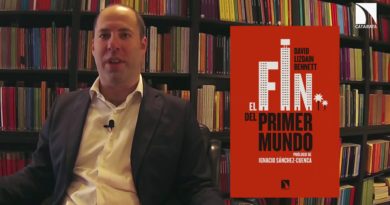Works of Belgian artist Stéphane Mandelbaum at Pompidou Centre: Drawings of violence and humour
Currently running until 20 May, the Pompidou Centre in Paris is hosting an exhibition dedicated to Belgian artist Stéphane Mandelbaum. As if telling a story, the exhibition uses about one hundred drawings to retrace the real and fictitious lives of the artist, who was born in Brussels on 8 March 1961 and died (murdered when he was 25 years old) on the Beez Heights, in the suburb of Namur, in December 1986.
He was a Jewish, Belgian neo-expressionist painter of Polish origin. The son of painter Arié Mandelbaum and illustrator Pili Mandelbaum, he demonstrated an exceptional aptitude for drawing very early on.
Because of his severe dyslexia, his parents sent him, at the age of 11, to the Snark, an experimental school where he would learn to write and where he remained until he turned 14. He then entered the art academy of Watermael-Boitsfort, where he was taught by Lucien Braet, followed in 1979 by the art school in Uccle, where he began etching.
Violence, humour and outrageousness characterise his greatest works, whose primary inspiration came from Bacon and pre-war expressionist artists such as Otto Dix and George Grosz. Fascinated by great figures of transgression and their violent lives, he repeatedly drew or painted portraits of Francis Bacon, Pasolini, Rimbaud and Pierre Goldman, as well as of famous Nazis, like Goebbels.
After its time in Paris, the exhibition will be presented at the Jewish Museum of Belgium in Brussels from 14 June until 22 September.



